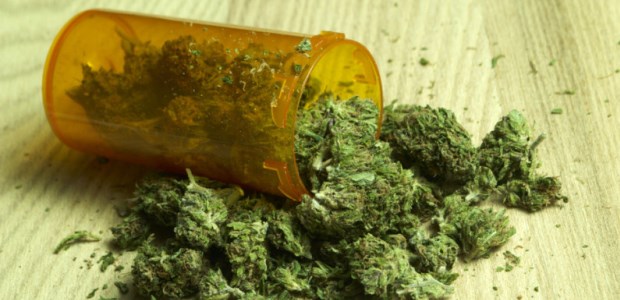
GHSA Report Urges National Action on Drugged Driving
"While this report summarizes the research and data available, it also highlights how much remains unknown," said the report's author, Dr. Jim Hedlund. "For example, we still don't know with certainty how much of a specific drug will cause impairment or if such a relationship can even be defined. Many states do not have the data to measure their drug-impaired driving scope or characteristics."
Saying drug use by U.S. drivers is a growing concern, both because of more permissive marijuana laws and increased prescription drug abuse, the Governors Highway Safety Association and the Foundation for Advancing Alcohol Responsibility released a comprehensive report about drug use on the nation's roadways. The most recent national data show drugged driving is rising while drunk driving is declining; the percentage of fatally injured drivers testing positive for drugs – 40 percent – is almost the same as those testing positive for any alcohol, and the National Highway Traffic Safety Administration's latest roadside survey found 22 percent of drivers tested positive for some drug or medication.
"Every state must take steps to reduce drug-impaired driving, regardless of the legal status of marijuana," said Jonathan Adkins, executive director of GHSA. "This is the first report to provide states and other stakeholders with the information they need, and we encourage NHTSA to issue guidance on best practices to prevent marijuana-impaired driving. We look to the federal government to take a leadership role in this issue similar to that of drunk driving and seat belt use."
"When drug use is combined with alcohol, the risk of a crash is increased dramatically," said Responsibility.org President and CEO Ralph Blackman. "This is why it's so important to understand the scope of the problem and, more importantly, provide solutions to address it."
Dr. Jim Hedlund, a former senior NHTSA official, wrote the report and its recommendations. GHSA and Responsibility.org assembled an advisory panel of experts that included state officials, researchers, and national organizations that guided the project. At the heart of the report are action items states can take, including Drugged Driving=Done Driving, a statewide pilot program in Ohio that educates young drivers about the risks of driving under the influence of drugs.
Other recommendations that states can use to help guide their response to drug-impaired driving include these elements:
- Planning: Assess the data and understand what is happening now.
- Laws and sanctions: Examine and update drug-impaired driving laws.
- Training: Provide training to law enforcement, prosecutors, and judges.
- Testing: Test all fatally injured drivers for the presence of drugs.
- Prosecution and adjudication: Screen and assess all offenders to identify any drug or alcohol problems or underlying mental health issues and refer offenders to treatment if needed.
- Data: Track all alcohol- and drug-impaired driver crash data separately to best assess the problem.
The report also identifies federal actions that include a national drugged driving education campaign; resources for prosecutors, judges, and legislators; standardized roadside testing policies and devices; data collection guidelines; and continued research on the effects of drugged driving laws and programs as well as the level of impairment produced by different concentrations of the most commonly used drugs. "While this report summarizes the research and data available, it also highlights how much remains unknown," Hedlund said. "For example, we still don't know with certainty how much of a specific drug will cause impairment or if such a relationship can even be defined. Many states do not have the data to measure their drug-impaired driving scope or characteristics. The recommendations in the report will help states refine and augment their efforts to detect and deter drug-impaired drivers."